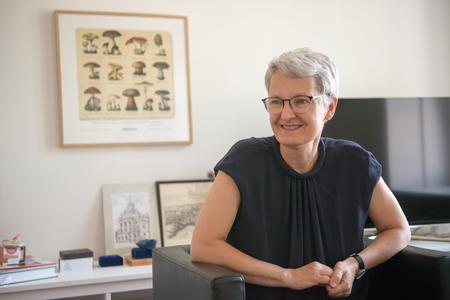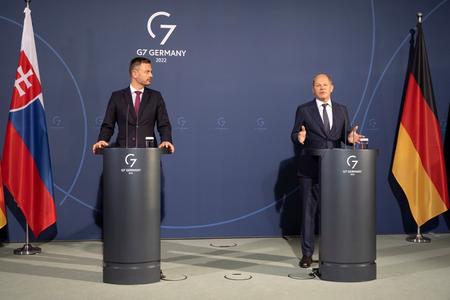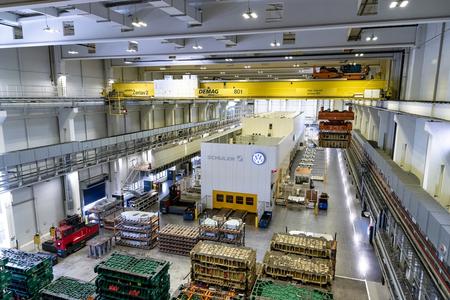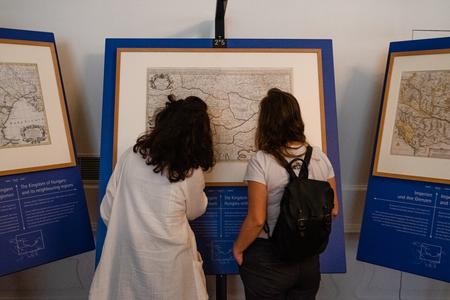In July 2022, The Slovak Spectator published its Business Focus on German-Slovak cooperation. Here is your overview of stories from the focus issue:
German soldiers hesitant about how Slovaks would receive them
Germany was the first NATO ally to confirm that it was ready to send its troops to Slovakia shortly after the Russian invasion of Ukraine. Since then, German troops and Patriot air-defence systems have arrived to the country.
Defence and security have become an important pillar of the bilateral cooperation between Slovakia and Germany, previously dominated by business and the economy, German Ambassador Barbara Wolf said in her interview with The Slovak Spectator.
She also unveiled concerns regarding the arrival of the troops, shared her opinion on what Germany and Slovakia can do to limit their dependence on Russian raw materials, and more.

Logistics chains disrupted by war in Ukraine bring new opportunities to Slovakia
While Slovakia continues to be an attractive location for German investments, Slovak companies consider Germany to be their most important trade partner.
Companies with German capital continue to contribute the most to the Slovak state budget, with their income and payroll taxes comprising 25 percent of the state budget's income, based on the annual TAXparency report of the tax and audit advisory company BMB Partners.
“This shows how significantly the Slovak economy is interconnected with the German economy,” said Judita Kuchtová of BMB Partners when introducing the report last November.
The country is also one of the most important investors in Slovakia. The Volkswagen automotive company, the biggest private employer in Slovakia with 11,500 employees and total investments of €4.7 billion, is one of about 490 companies with German capital operating in Slovakia and employing almost 139,000 people.

Closed recycling loop reduces need for raw material and energy
When a stamping press cuts and models the sides or roofs of a future SUV out of high-quality aluminium sheets at the biggest automotive plant in Slovakia, the offcuts are sent to a supplier, which uses them to produce new sheets.
Volkswagen Slovakia saves precious primary raw material and its cars enter the usability phase with greater environmental balance.
The Aluminium Closed Loop project, launched in 2021 in Bratislava, is an example of a circular economy in practice, reducing the energy-intensive production of primary aluminium.

Exhibition highlights Danube’s history as border between Habsburg and Ottoman worlds
In the past, the Danube River used to spill into an inner delta in the area around the Slovak capital, and it formed a border between two worlds – the West and the East. It was also the scene of bloody fighting to control the heart of Europe.
“During the Ottoman wars, the Danube became a bloodily disputed border area, dotted with important fortifications. From 1699/1718 there was a ‘Christian’ and ‘Islamic’ Danube, a river of Habsburgs and Ottomans. This created a lasting political and cultural rift, which, however, always remained permeable,” explained Denis Haberland. Haberland is the curator of the Collections of Architecture, Applied Arts and Design at the Slovak National Gallery (SNG) and co-organiser of the exhibition Fluid Territories, Maps of the Danube Region, 1650 – 1800, which is currently running in Bratislava.




 German Chancellor Olaf Scholz and Slovak Prime Minister Eduard Heger met in Berlin in mid June. (source: TASR)
German Chancellor Olaf Scholz and Slovak Prime Minister Eduard Heger met in Berlin in mid June. (source: TASR)